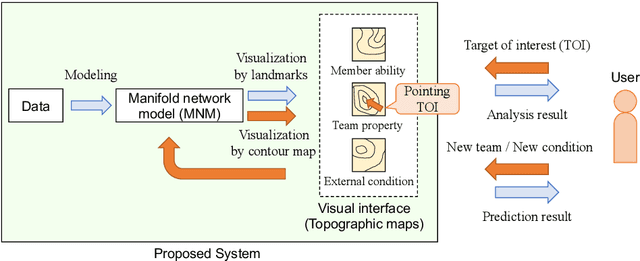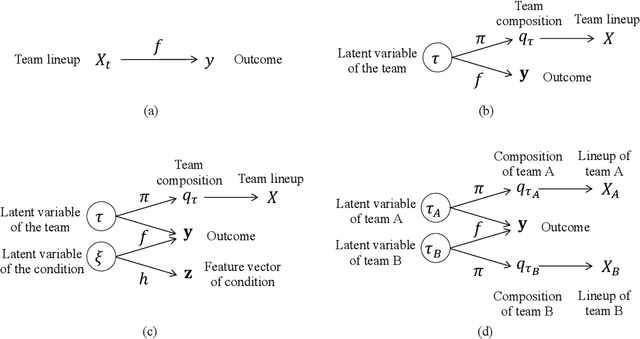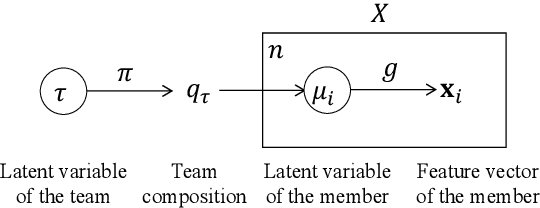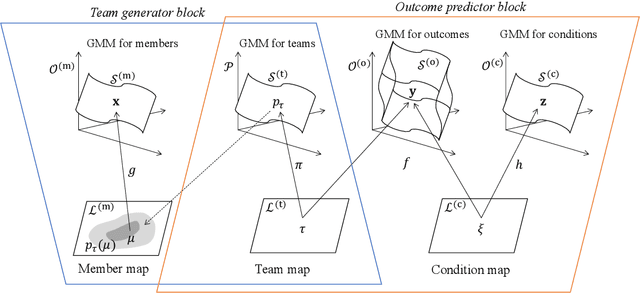Tetsuo Furukawa
Multi-task manifold learning for small sample size datasets
Nov 24, 2021



Abstract:In this study, we develop a method for multi-task manifold learning. The method aims to improve the performance of manifold learning for multiple tasks, particularly when each task has a small number of samples. Furthermore, the method also aims to generate new samples for new tasks, in addition to new samples for existing tasks. In the proposed method, we use two different types of information transfer: instance transfer and model transfer. For instance transfer, datasets are merged among similar tasks, whereas for model transfer, the manifold models are averaged among similar tasks. For this purpose, the proposed method consists of a set of generative manifold models corresponding to the tasks, which are integrated into a general model of a fiber bundle. We applied the proposed method to artificial datasets and face image sets, and the results showed that the method was able to estimate the manifolds, even for a tiny number of samples.
Visual analytics of set data for knowledge discovery and member selection support
Apr 04, 2021



Abstract:Visual analytics (VA) is a visually assisted exploratory analysis approach in which knowledge discovery is executed interactively between the user and system. The purpose of this study is to develop a method for the VA of set data aimed at supporting knowledge discovery and member selection. A typical target application is a visual support system for team analysis and member selection, by which users can analyze past teams and examine candidate lineups for new teams. Because there are several difficulties, such as the combinatorial explosion problem, developing a VA system of set data is challenging. In this study, we first define the requirements that the target system should satisfy and clarify the accompanying challenges. Then we propose a method for the VA of set data, which satisfies the requirements. The key idea is to model the generation process of sets and their outputs using a manifold network model. The proposed method visualizes the relevant factors as a set of topographic maps on which various information is visualized. Furthermore, using the topographic maps as a bidirectional interface, users can indicate their targets of interest in the system on these maps. We demonstrate the proposed method by applying it to basketball teams, showing how past teams are analyzed and how new lineups are examined. Because the method can be adapted to individual application cases by extending the network structure, it can be a general method by which practical systems can be built.
 Add to Chrome
Add to Chrome Add to Firefox
Add to Firefox Add to Edge
Add to Edge